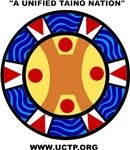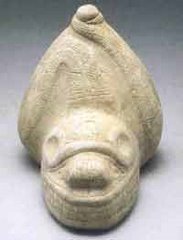Did You Know: Tabako
(tabaco/tobacco) is a Taíno word, however, traditionally it was not used in the way it is used today to describe the plant (Nicotiana tabacum / N. rustica). According to Spanish historian Bartolome De Las Casas, the word tabako was originally used to describe dried leaves rolled into the tube-shaped cigar for smoking the world is familiar with today. Another historian, Gonzalo Fernandez de Oviedo y Valdes also notes that tabako was the word used for the Y-shaped pipe used to inhale ceremonial snuff powder. While the meaning of the word tabako has changed to describe the leaves and plant (Nicotiana tabacum / N. rustica), traditionally the leaves of the plant where called kohiba
(cojiba). The ground leaf powder used for ceremonial snuff was called kohoba (cojoba). Additional early
uses of tabako among Indigenous Peoples of the region included breathing the odor
of fresh green leaves of the plant relieved persistent headaches. For colds and
catarrh (mucous membranes inflammation), green or
powdered tabako leaves were rubbed around inside the mouth. Today, some Taíno community members still consider tabako a sacred plant and offer
tabako seeds or dried, crushed leaves as an offering before picking other medicinal
plants. - UCTP Taíno News © 2012
Illustration: The first published illustration of Nicotiana tabacum by Pena and De L'Obel, 1570-1571 (shrpium adversana nova: London). The small illustration on the right of the picture shows how the "Indians and sailors" smoked Nicotiana leaves in a funnel.







No comments:
Post a Comment